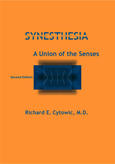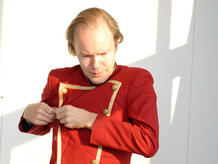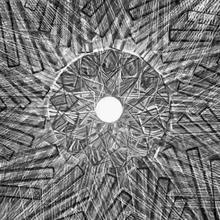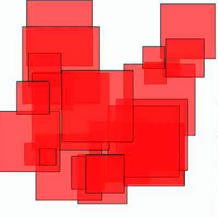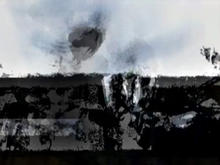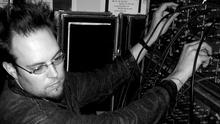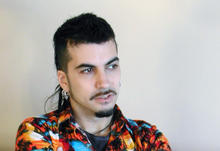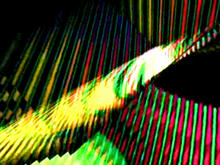Ström
(2008)by Mattias Petersson (music) and Fredrik Olofsson (video) is, in its full version, a 45-minute minimalistic piece for five loudspeakers, live-electronics and live-video, based on an open-minded, artistic approach towards electricity.
Ström by Mattias Petersson (music) and Fredrik Olofsson (video) is, in its full version, a 45-minute minimalistic piece for five loudspeakers, live-electronics and live-video, based on an open-minded, artistic approach towards electricity. The piece is an attempt to transfer electric currents via sound to the audience. The five speakers in the surround system struggles to take over the sonic stream like electro-magnets. Sine waves and noise rotates with breakneck speeds around the listeners, tries to charge them with static electricity and, as an ultimate goal, even make them levitate.
The video part is in direct connection with the sound and is generated out of five discrete lines – one for each channel in the surround system. The lines are treated in different ways, and as the high voltage builds up in the music they look more and more like electric wires, inflicting each other with violent discharges and eruptions.
DVD released on Fylkingen Records in 2008.
Source: Mattias Petersson
